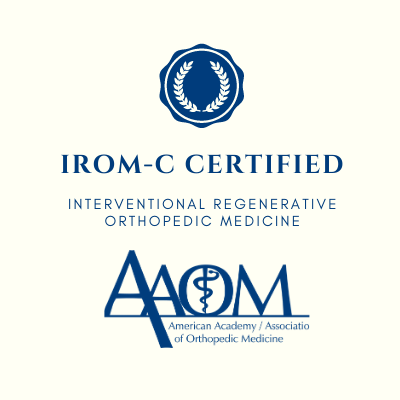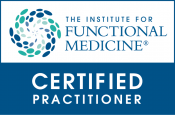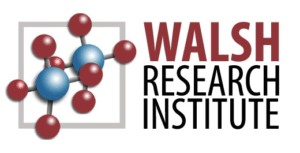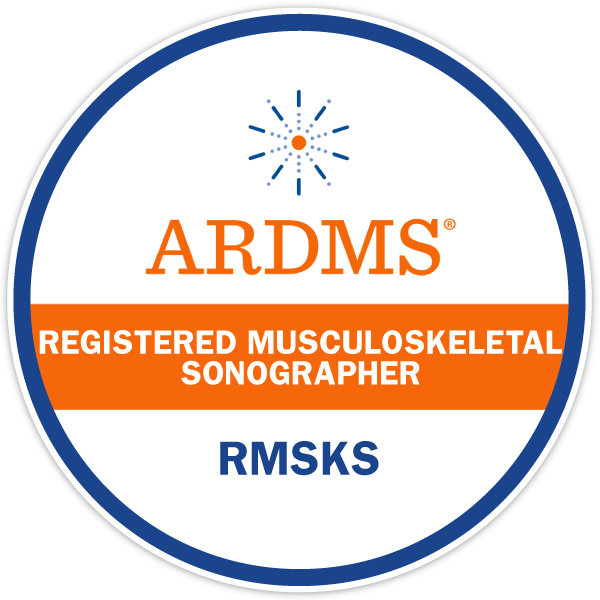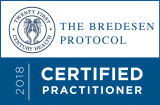Personalized Regenerative Medicine Plans | Maximize Results at TLC
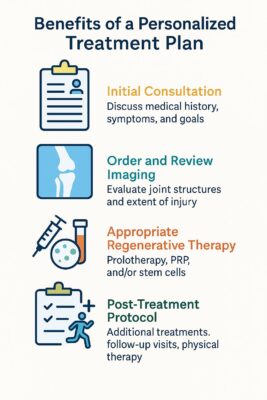
Regenerative medicine offers powerful solutions for pain, injury, and degenerative conditions. However, to achieve the best possible outcomes, these treatments must be precisely tailored to each patient’s condition, health history, and goals. At TLC The Littleton Clinic, we don’t believe in one-size-fits-all protocols. Instead, we emphasize personalized treatment planning, a structured and individualized approach that guides patients from initial assessment through recovery.
Step 1: Comprehensive Initial Consultation
Every personalized treatment plan begins with an in-depth consultation with Dr. Maria Hopp. During this visit, we take the time to understand your medical history, symptoms, activity level, and treatment goals. This step helps us determine whether regenerative medicine is appropriate and, if so, which modality may be most beneficial.
Step 2: Diagnostic Imaging When Appropriate
In many cases, imaging studies such as X-rays or MRIs are recommended to evaluate joint structures, tissue quality, and the extent of injury. These diagnostic tools are not ordered routinely, but when clinically indicated, they play a critical role in confirming the diagnosis and refining the treatment approach.
Step 3: Selecting the Right Regenerative Therapy
Once we have a clear picture of your condition, we consider the full range of regenerative options available at our clinic:
-
Prolotherapy: Often used for ligament or tendon laxity, prolotherapy promotes tissue repair through targeted dextrose injections.
-
Platelet-Rich Plasma (PRP): Concentrated from your own blood, PRP injections stimulate healing and are well-suited for tendon, ligament, or joint issues.
-
Stem Cell Therapy: Derived from your own bone marrow or adipose fat, stem cell treatments may offer greater regenerative potential in more advanced cases.
Choosing the correct modality, or combination of therapies, is critical for maximizing healing and reducing the need for repeat procedures.
Step 4: Post-Treatment Protocols to Support Healing
Regenerative medicine doesn’t end with the injection. A carefully designed post-treatment plan enhances outcomes and prevents setbacks. This plan may include:
-
Additional regenerative treatments spaced appropriately based on tissue healing timelines
-
Follow-up visits with Dr. Hopp to monitor progress and adjust care
-
Referrals to physical therapy with practitioners experienced in post-regenerative rehabilitation
By integrating supportive care and strategic follow-up, we help patients move through each phase of healing with structure and confidence.
Why Personalization Matters
No two patients, and no two injuries, are the same. A personalized plan ensures that:
-
You receive the most appropriate therapy for your specific diagnosis
-
Treatment is timed to align with your body’s natural healing process
-
Ongoing care is adjusted based on your individual response
This approach leads to faster recovery, better outcomes, and fewer unnecessary procedures.
If you’re considering regenerative medicine, schedule a consultation with Dr. Hopp to learn how a personalized treatment plan can make all the difference. At TLC The Littleton Clinic, precision and personalization are the foundation of healing.
Additional information:
What Is PRP and How Is It Made?
Bone Marrow Aspirate




